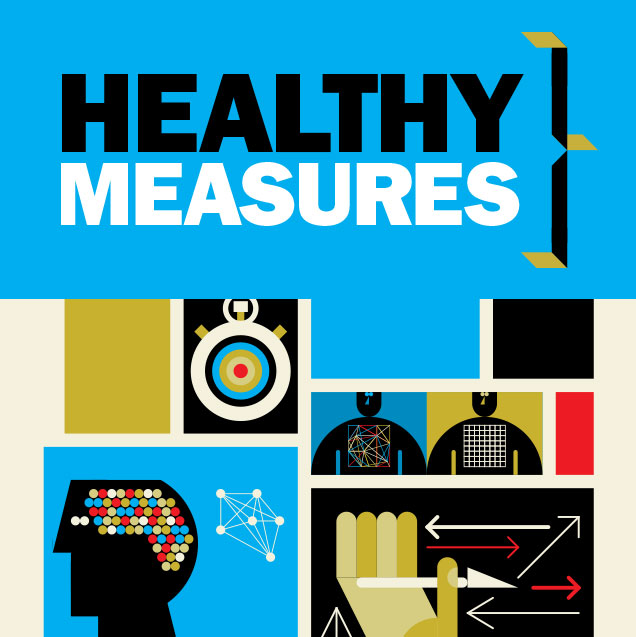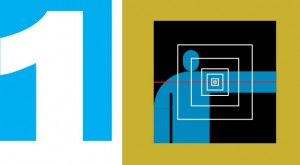
In labs across Johns Hopkins, engineers and medical experts are teaming up to design innovative devices, analyze vast treasure troves of data, and optimize complex systems to revolutionize health care.
A little more than a century ago, visionaries lauded the founding of a fledgling school in applied science and advanced technology at the Johns Hopkins University as both critical and fundamental to the future development of the United States. At the same time, Johns Hopkins Hospital was a mere 25 years old, but was already on its way to setting the global standard in patient care, medical research, and teaching by—among other things—harnessing cutting-edge science and technology to improve patient outcomes.
The ensuing 20th-century collaboration between engineers and clinicians changed health care in significant ways and spawned entirely new disciplines—including biomedical engineering, imaging science, and computational medicine—which in turn changed the way researchers understand the mechanics of the human body and biological systems.
Today, the connections between engineering, medicine, and health care are increasingly diverse and span all disciplines. These collaborations hold great promise. The key to success in the 21st century, researchers says, lies in the development of innovative devices, real-time data analysis, and system optimizations that—if executed—will enable researchers to revolutionize medical treatment as a whole and improve patient care on an individual level. Today’s holy grail: Using computing power and engineering prowess to create smarter, more efficient health care.
In laboratories across the Homewood and medical campuses, researchers are teaming up in collaborative partnership to do just that.
 NUMBER ONE: A REVOLUTION IN STROKE REHAB
NUMBER ONE: A REVOLUTION IN STROKE REHAB
Strokes can cause horrific losses, and some of the worst involve motor skills. Within hours, a perfectly agile person can lose the ability to speak fluently, to walk, or to reach for a glass of water.
John Krakauer believes almost everything that is typically done to help stroke patients regain their motor skills is ineffective or worse—and he has begun to test a radical new model. Krakauer, a professor of neurology and neuroscience at the School of Medicine, has recruited computer scientists trained at the Whiting School of Engineering to create a software engineering team known as Kata (the name derives from a term for training in Japanese martial arts). The Kata project’s first mission was to develop an immersive video game for stroke patients. After three years of development, the game began clinical trials this spring at three sites: Johns Hopkins, Columbia University, and the University of Zurich.
In the Kata project’s game, stroke patients place their neurologically affected arms in a robotic exoskeleton and use the device to control the movements of a virtual dolphin. The dolphin programming grew from hundreds of hours of collaboration with experts at Baltimore’s National Aquarium and is extraordinarily realistic. When patients attain higher levels of dexterity, the game offers them the deep reward of embodied motor control.
“When I came to Hopkins from Columbia [in 2010], I already knew that I wanted to work with gamers,” Krakauer says. “I knew that the Computer Science Department offered a minor in gaming, so I went looking for people there.” Within a few months, Krakauer had assembled the core of his team: Omar Ahmad ’99, PhD ’11; Kat McNally, an animator who’d recently graduated from the Maryland Institute College of Art; Kevin Olds, a doctoral student in biomedical engineering at Johns Hopkins; and Promit Roy ‘10, a master’s student at Whiting with experience at Microsoft and other firms.
The dolphin game offers two enormous advantages over traditional neurological rehabilitation, according to Krakauer. First, it is not task-based, but instead encourages free exploration, unlike standard rehabilitation. In typical rehabilitation, patients are often coached to perform the same simple task over and over—say, reaching for a glass of water at a 45-degree angle. Krakauer and the Kata team predict that immersive and highly varied movements in a three-dimensional environment outside the confines of a single task will promote brain repair.
Second, the game environment potentially allows for much more time spent on rehabilitation tasks. Stroke patients typically receive only a few hours of structured practice each day, but an engaging game environment could permit much longer training sessions.
If the two-year clinical trials prove successful, Krakauer says, “they might point to a full-blown revolution in the way stroke rehabilitation is carried out. Our [current] rehabilitation practices have been built on a certain pessimism about what’s possible. I want to show how wrong that is.”
This project would not have been possible, Krakauer is quick to say, without strong collaboration between the Whiting School and the School of Medicine.
“The key point,” he says, “is that you need to bring people who otherwise would go off and work at Pixar and Google and Apple—you’ve got to bring them into the university environment. We need to provide a home for top-level engineering and computer-science talent, without necessarily expecting them to want to be promoted and get tenure and write papers. Ahmad and the rest of the Kata team want to make mission-oriented, high-quality products. You’ve got to bring this Silicon Valley culture into the university without demanding that they jump through the hoops that we more conventional academics jump through.”




